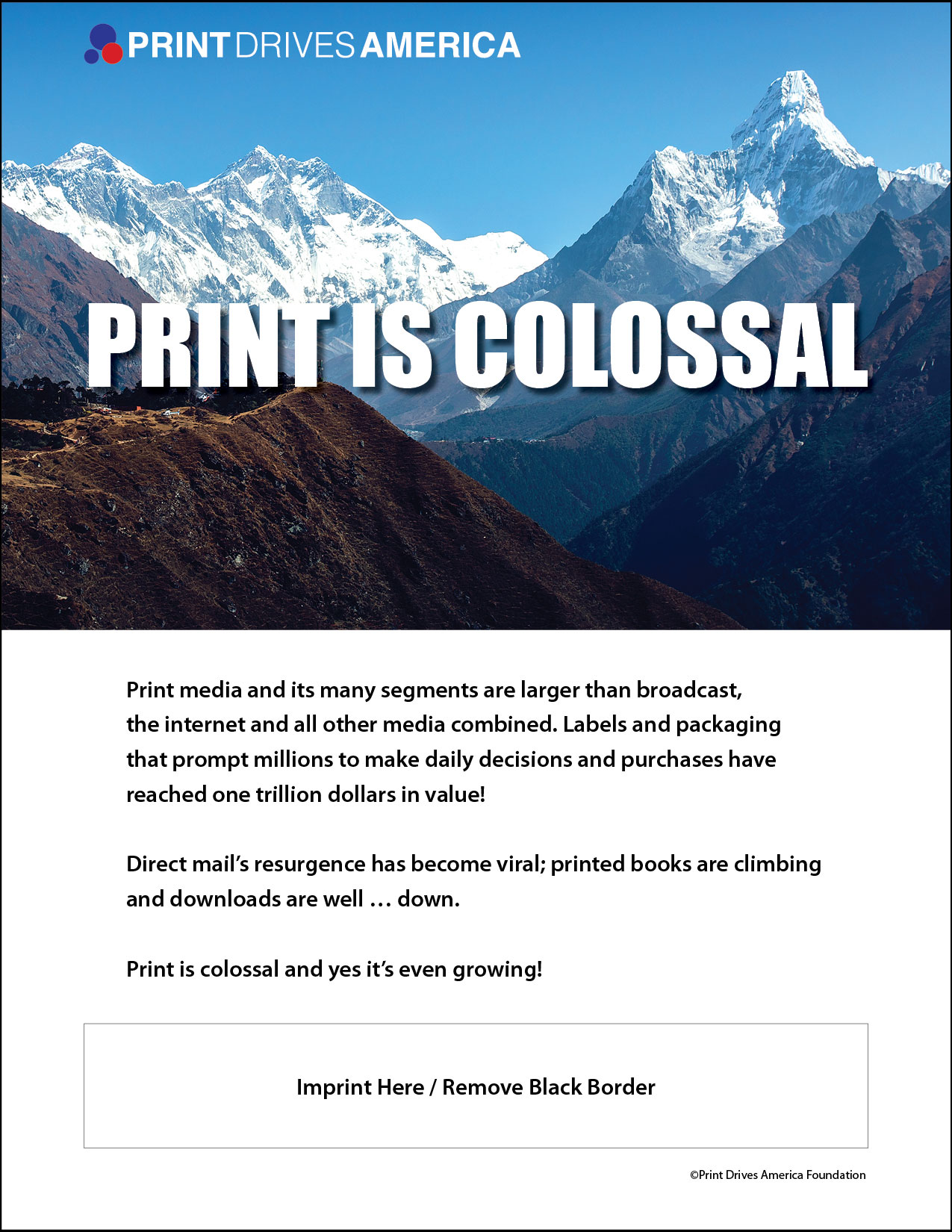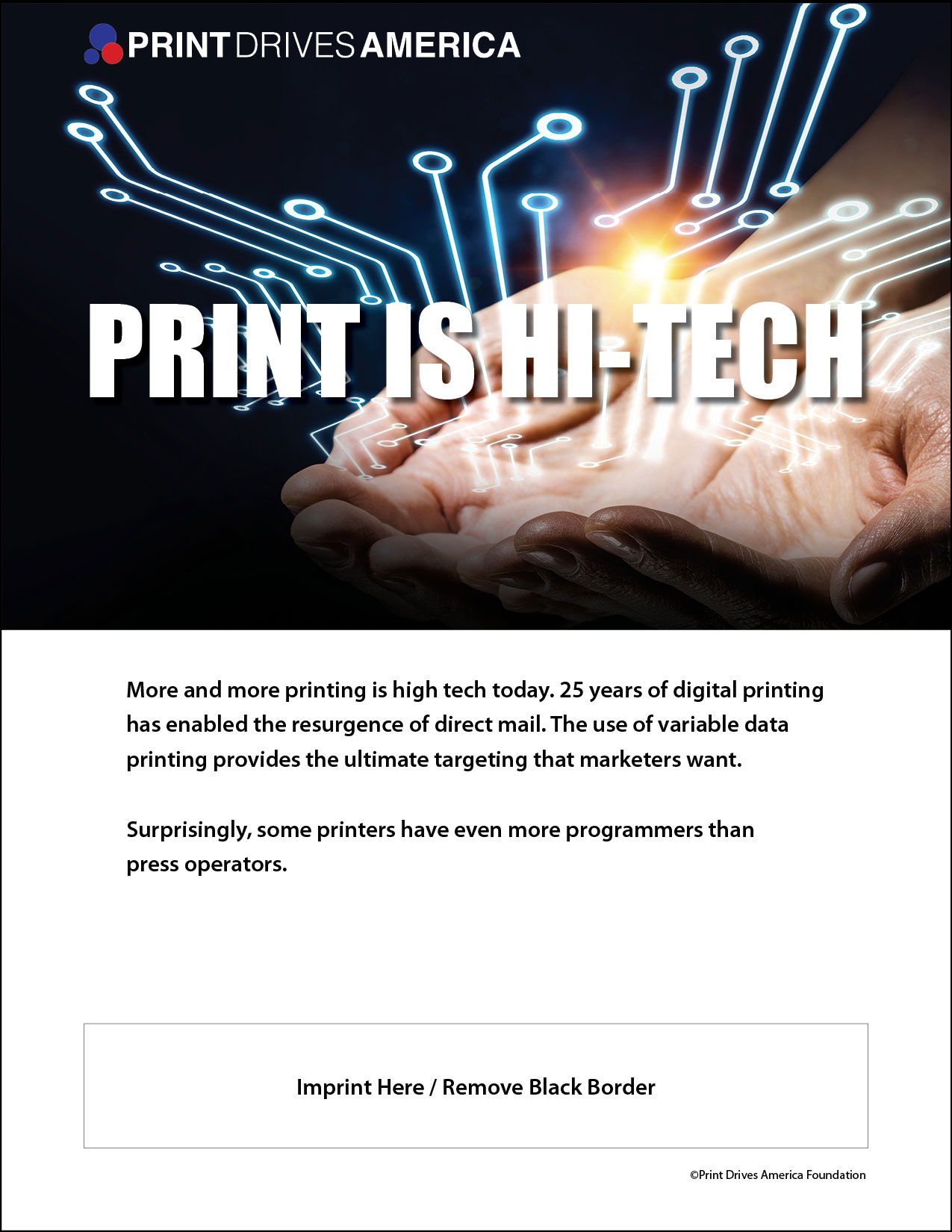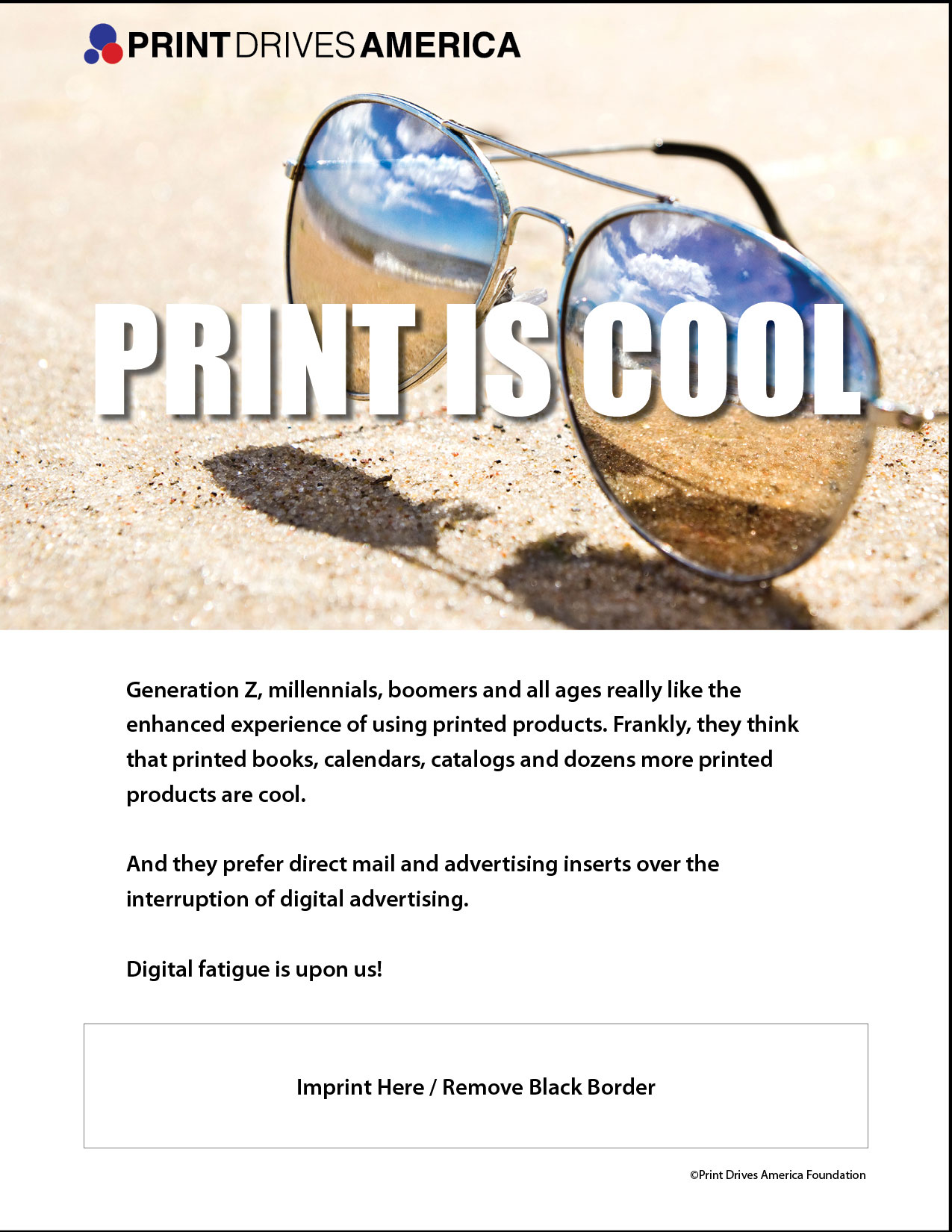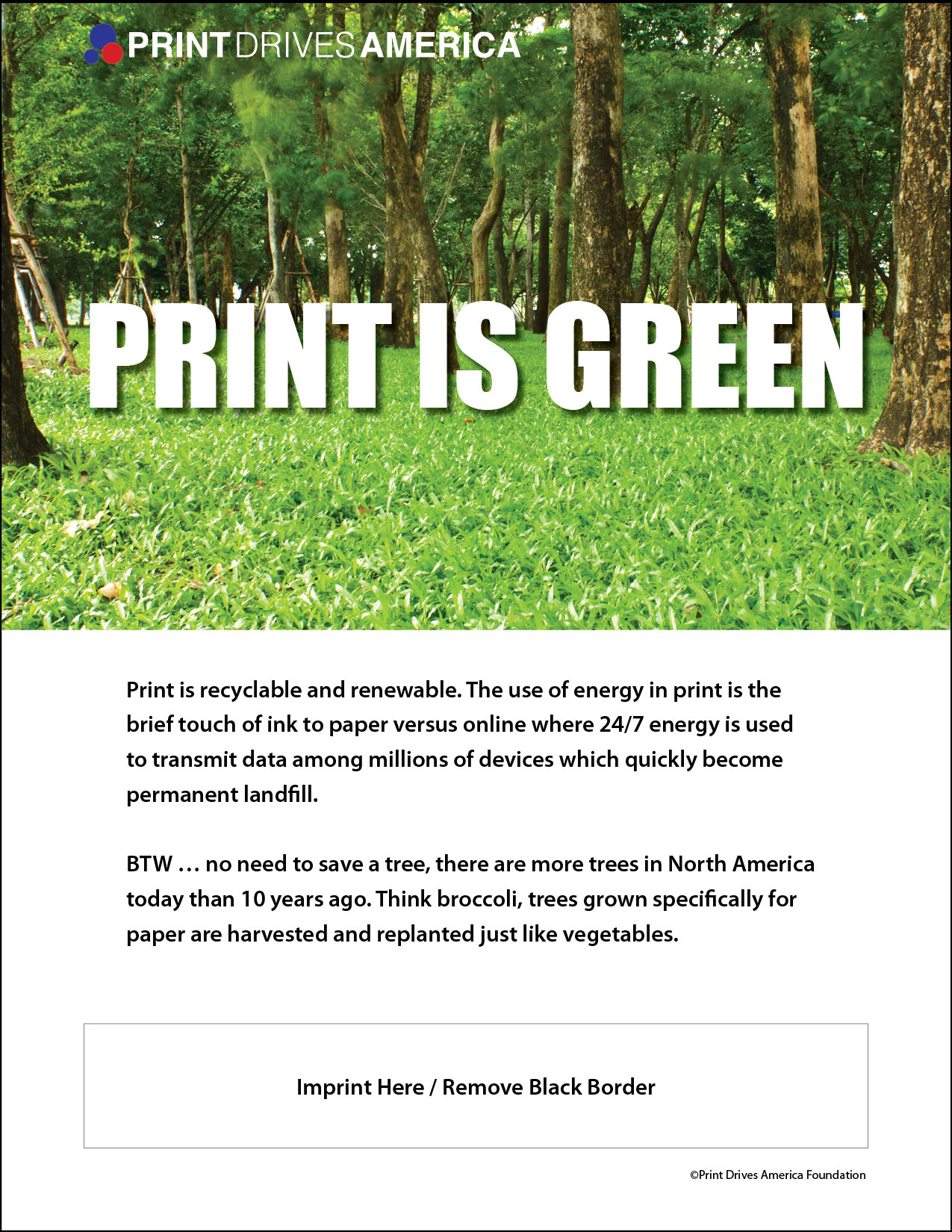Reaching your target audience with individualized and precise messages helps to increase your campaign’s response rates and reduces the number of messages needed to ensure the right message is heard or seen by the right people.
In order to create a targeted campaign, you must have an up-to-date database. Today, we’re going to discuss three steps to ensuring your database management system is setting you up for marketing success.
The first tip is simple, keep your database as up-to-date as possible. Within one year, 20 percent of the data in your database has become obsolete. This is why it’s important to record every possible interaction between your customers and potential customers and your brand — from customer service to data inquiry forms — all of your customer’s data should be continuously stored and updated.
Using a database management system can allow you to easily sort, analyze and de-duplicate any data you collect, but it’s also important to commit a few man-hours to reviewing the data and turning that data into valuable, usable and profitable information.
Secondly, in addition to continually maintaining your database, always be looking to grow your database. At events use sign-in sheets to capture information, offer a white paper or other valuable information in exchange for their name and email address or simply ask for their information when they inquire or make a purchase.
Finally, use the information you collect and maintain to personalize your marketing messages. When we say ‘personalize’ we are not just talking about a name — today, many consumers almost expect to be addressed by name and not “valued customer.”
Personalization is a truly personalized message — one that communicates a message that directly relates to the recipient’s needs or interests. In addition to increasing response rates, personalized messages are also more appreciated by consumers — over 60 percent of people in a recent study reported they are more likely to continue communication with a brand if they feel their messages are personal and not generic.
Timothy Freeman
President
Print & Graphic Communications Association




